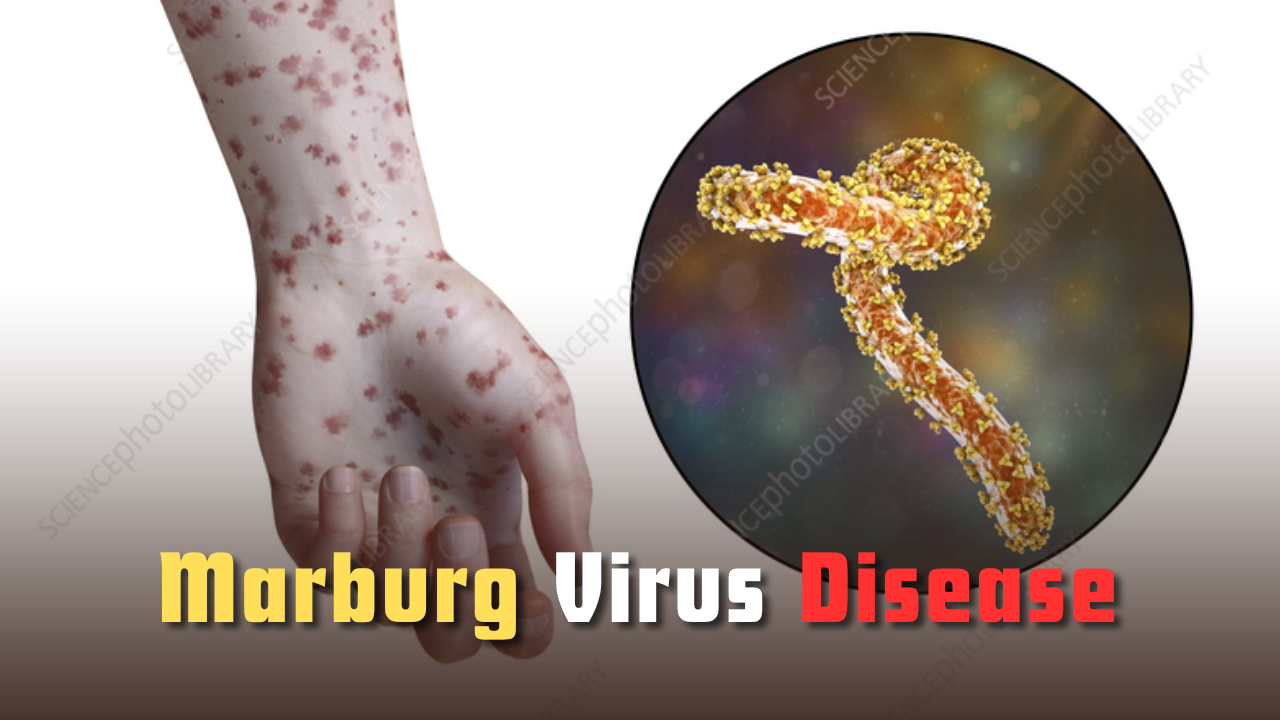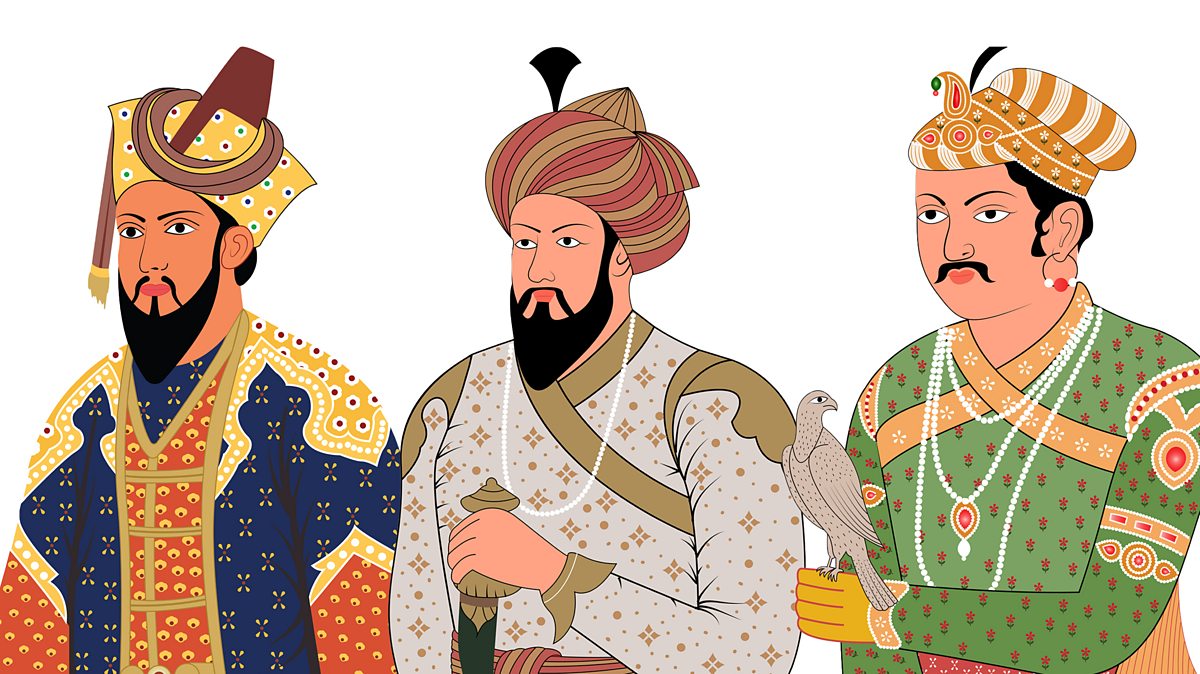Marburg Virus Disease
Marburg Virus Disease: A Rising Global Threat
Context: The Marburg Virus Disease, often referred to as the “bleeding eye disease,” has already claimed 15 lives and infected at least 66 people in recent weeks. The latest Marburg virus disease outbreak has raised significant concerns globally due to its high mortality rate, rapid transmission, and lack of specific treatment or vaccines.
What is Marburg Virus Disease?
Marburg virus disease (MVD) is a rare but highly fatal hemorrhagic fever caused by the Marburg virus, a member of the filovirus family — the same group that includes the Ebola virus. The disease is clinically similar to Ebola, presenting severe symptoms and often resulting in fatal outcomes. Marburg virus disease symptoms can be severe and progress rapidly, often making early detection and treatment crucial for survival.
Historical Background
The first known outbreak of Marburg virus disease occurred in 1967 in Germany (in the cities of Marburg and Frankfurt) and in Belgrade, Serbia. The outbreak was linked to laboratory workers exposed to infected African green monkeys imported from Uganda.
Since then, outbreaks have been reported across several African countries including Angola, Kenya, Rwanda, Ghana, Uganda, Guinea, Tanzania, and Equatorial Guinea. In 2023 and 2024, Tanzania and Equatorial Guinea witnessed fresh outbreaks, highlighting the virus’s persistent threat. The Marburg virus disease in Tanzania especially attracted global attention due to its death toll and rapid human-to-human transmission.
Natural Host and Transmission
The natural host of Marburg virus disease is believed to be the Rousettus aegyptiacus, or Egyptian fruit bat. Transmission to humans typically begins through prolonged exposure to bat-infested caves or mines. Human-to-human transmission occurs via direct contact with blood or bodily fluids, or contaminated materials such as bedding, clothing, or medical equipment.
Marburg Virus Disease Symptoms
The incubation period ranges from 2 to 21 days. Early signs include:
- Sudden onset of high fever
- Severe headache
- Muscle aches
- General malaise
By day 3, gastrointestinal symptoms begin:
- Vomiting, nausea, abdominal pain, and diarrhea
From day 5 onwards, hemorrhagic symptoms develop:
- Bleeding from eyes, nose, mouth, ears, and vagina
- Blood in vomit or feces
- Inflammation of the testicles (orchitis)
- “Ghost-like” appearance: sunken eyes, extreme lethargy
In critical cases, death may occur between 8 to 9 days after symptom onset, often due to shock and multi-organ failure.
Diagnosis and Treatment
Marburg virus disease diagnosis requires laboratory confirmation through:
- Antigen detection
- RT-PCR
- Virus isolation
Currently, no approved antiviral treatment or vaccine exists for Marburg virus disease. Supportive therapy, such as:
- Fluid rehydration
- Oxygen therapy
- Blood transfusion
- Management of symptoms
…can improve survival rates. Experimental treatments, including monoclonal antibodies and antivirals, are under investigation.
Marburg Virus Disease Vaccine – What’s the Status?
Although there’s no approved vaccine, Rwanda has received 700 doses of an experimental Marburg virus disease vaccine from the Sabin Vaccine Institute for frontline healthcare workers. The efficacy of this vaccine remains under review as clinical trials continue.
Global Impact and India’s Vigilance
Marburg disease in India has not been reported as of now, but the government and health authorities have issued alerts in light of outbreaks in Tanzania, Equatorial Guinea, and Ghana. The presence of international travel routes increases the risk of imported cases.
For UPSC aspirants, understanding the Marburg disease UPSC relevance is important. It connects to:
- Health Security (GS2)
- Science & Technology in Health (GS3)
- Disaster Management and Global Health (Essay/IR)
Given its classification by WHO as a high-threat pathogen, MVD is likely to be a part of UPSC current affairs questions and answer writing topics.
Response and Prevention
Countries like Rwanda, Kenya, and Uganda have acted swiftly by:
- Isolating cases
- Conducting contact tracing
- Implementing public awareness campaigns
Preventive strategies include:
- Use of PPE by healthcare workers
- Sanitization of hospital surfaces
- Community engagement to identify symptoms early
Summary
- Marburg disease is a deadly and fast-spreading disease with no cure yet.
- Symptoms range from fever to severe internal and external bleeding.
- Outbreaks continue to emerge, with East and Central Africa as hotspots.
- WHO considers it among the top threats to public health.
- India remains vigilant, and the disease holds high relevance for UPSC preparation in 2025.
Subscribe to our Youtube Channel for more Valuable Content – TheStudyias
Download the App to Subscribe to our Courses – Thestudyias
The Source’s Authority and Ownership of the Article is Claimed By THE STUDY IAS BY MANIKANT SINGH



